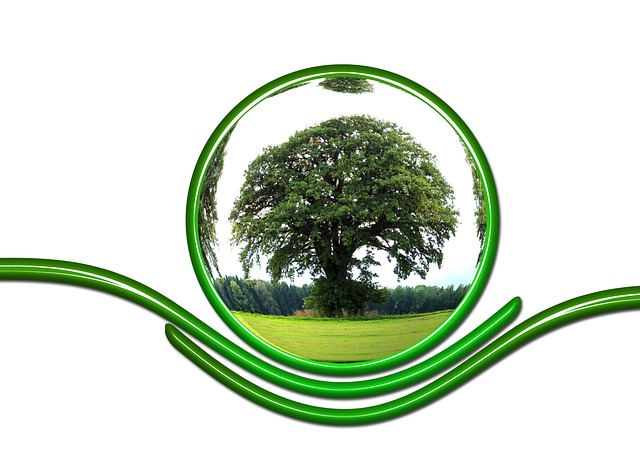The real estate industry is rapidly embracing sustainability as a response to growing environmental concerns and economic practicality. Driven by climate change awareness, investors and developers are adopting eco-friendly practices, including energy-efficient design, renewable energy sources, water conservation, and green materials, which reduce maintenance costs and environmental impact. Governments worldwide are promoting sustainable construction through incentives, leading to increased LEED certifications. This trend benefits both the environment and property owners financially, as sustainable buildings attract environmentally conscious individuals and offer lower utility bills. The market's shift towards low-maintenance and eco-friendly properties is a necessary and profitable evolution, reflecting a broader societal move towards sustainability in real estate.
In today’s conscious consumer landscape, the real estate industry is experiencing a significant shift towards low-maintenance and eco-friendly properties. This trend isn’t just about aesthetics; it’s driven by a desire to reduce environmental impact and operational costs. As consumers demand more sustainable options, real estate owners are exploring innovative strategies. From smart technology to efficient design, these approaches not only minimize expenses but also contribute to a greener planet. Additionally, the financial benefits of sustainable investments, including government incentives and increased property values, make this shift both environmentally responsible and economically beneficial.
The Shift to Sustainable Real Estate: A Growing Trend

The real estate industry is experiencing a significant shift towards sustainability, driven by both environmental consciousness and economic practicality. As concerns about climate change grow, investors and property developers are increasingly recognizing the benefits of eco-friendly buildings and practices. This trend isn’t just a response to global demands; it’s also a strategic move to reduce operational costs over time. Sustainable real estate incorporates various strategies like energy-efficient design, renewable energy sources, water conservation, and green materials, all of which contribute to lower maintenance expenses and a reduced environmental footprint.
This movement is gaining momentum worldwide, with governments and organizations implementing policies that incentivize sustainable construction. As a result, we’re seeing more buildings certified by eco-standards, such as LEED (Leadership in Energy and Environmental Design). These certifications not only boost a property’s appeal to environmentally conscious tenants or buyers but also offer long-term financial advantages through reduced utility bills and operational costs. The shift to sustainable real estate is not just a trend; it’s a necessary evolution that promises benefits for both the environment and bottom lines.
– Exploring the motivations behind the movement towards low-maintenance and eco-friendly properties.

In today’s world, the real estate market is witnessing a significant shift towards low-maintenance and eco-friendly properties. This movement is driven by a growing awareness among buyers, sellers, and investors about the environmental impact of traditional building practices and the desire to reduce long-term living costs. As concerns over climate change intensify, consumers are increasingly looking for sustainable options that align with their values.
The appeal of low-maintenance homes lies not only in their reduced operational costs but also in their positive contribution to the environment. By adopting energy-efficient technologies, utilizing natural materials, and incorporating smart home systems, these properties offer a greener alternative without compromising on comfort or style. This trend reflects a broader societal shift towards sustainability, where real estate plays a pivotal role in creating a more eco-conscious future.
– Discussing the evolving consumer preferences and market demands.

In today’s world, consumers are increasingly conscious of their impact on the environment and seek more sustainable options in every aspect of life, including real estate. This shift in preference is driving a significant change in the market demands for low-maintenance, eco-friendly properties. The traditional notion of luxury is evolving to include homes that not only offer comfort but also contribute positively to the planet. As a result, developers and property owners are now focusing on incorporating green technologies and design principles into their projects to meet these new expectations.
The real estate market is responding to calls for sustainability by introducing innovations such as energy-efficient appliances, smart home systems, and renewable energy sources like solar panels. These features not only appeal to environmentally conscious buyers but also translate to long-term cost savings, making them a compelling choice for both tenants and homeowners. This trend towards lower maintenance costs and reduced environmental footprints is set to define the future of real estate, where sustainability and affordability go hand in hand.






